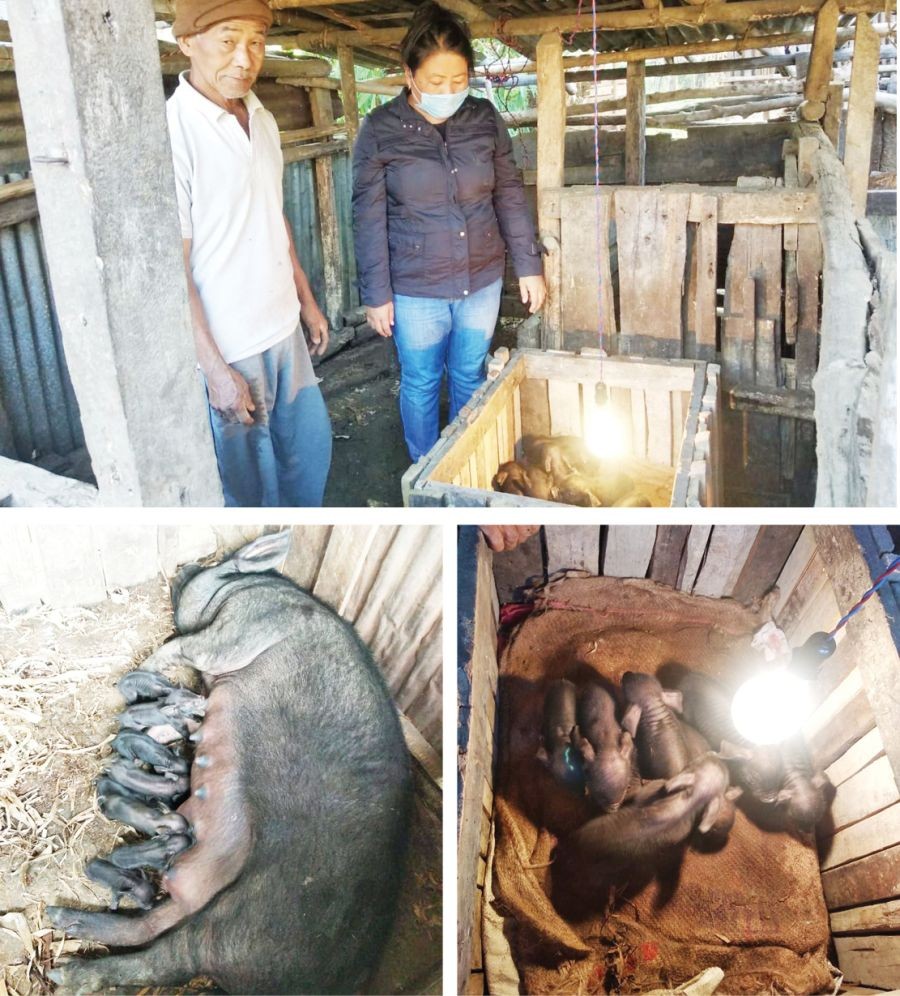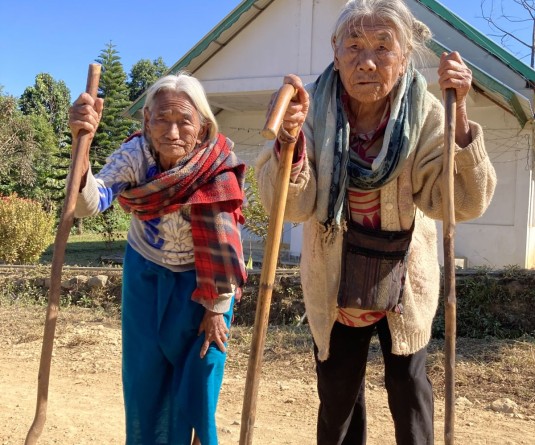
Dr Lily Ngullie
ACTO (Animal Science) KVK Longleng
ICAR RC for NEH Region, Nagaland centre
Mortality in piglets during the perinatal period, especially the first days after birth, is frequently caused by non-infectious conditions, such as hypoglycaemia or low birth weight, which can be associated with hypothermia experienced at birth.
The thermal stability of newborn piglets is a fundamental aspect of neonatal care, so maintaining a constant, ideal temperature will substantially reduce newborn mortality. Shivering thermogenesis and behavioural modifications to regulate body temperature through innate mechanisms allow animals to reduce their energy expenditures. Some body postures are effective in reducing contact with the floor and also nestling are useful to avoid heat loss, and decrease heat dissipation. Achieving optimal development of thermo regulation is a challenge that newborns must confront to successfully adapt to extra uterine life.
Newborn piglets can die due to a broad range of causes but neonatal losses attributable to cold-induced stress are rarely registered as such, although the hypothermia that results from these events can lead to starvation, crushing and /or disease. Hypothermia can be a significant cause of death in neonate piglets and although this condition is not infectious, it is considered an important factor in death on swine farms, as it may go undetected due to several natural causes. Because the newly born piglet has an immature thermo-regulating centre, homeostasis in its body temperature is affected within the first hours post birth due, primarily to the evaporation of placental fluids. For this reason, piglets experience an abrupt temperature decrease during the first hours post-birth. Besides, heat loss in newly born piglets is aggravated as they are born without brown adipose tissue and with very little adipose tissue, both of which serve as insulators.
In order to prevent piglet mortality during the first 10 days after birth especially in winter months, KVK Longleng introduced creep box made of available resources such as bamboo or wooden plank. A wooden box measuring 9-12 sq.ft cushioned inside with jute sack, 200W incandescent light bulb is made ready before the farrowing. Right after farrowing, the piglets are wiped with clean clothes and kept in the creep box. After the completion of farrowing, the sow and sty is cleaned and the piglets are allowed to suck the colostrum and milk subsequently.
The advantages of keeping creep box are:
1) It prevents crushing by the sow while laying down.
2) The piglets huddle together to keep themselves warm near the light bulb.
3) It prevents cold related stress.
4) Easy to monitor the piglets.
5) Reduce mortality.
6) Initiates early feeding in piglets.
The creep box should be kept in the sow sty one week before farrowing for acceptance by the sow. The piglets are kept in the creep box and periodic feeding is monitored. After 10 days when the piglets become strong, the creep box can be removed and the piglets kept in creep area. This simple managemental method will help the pig farmers in reducing piglet mortality during the early stages, thus increasing their income.




